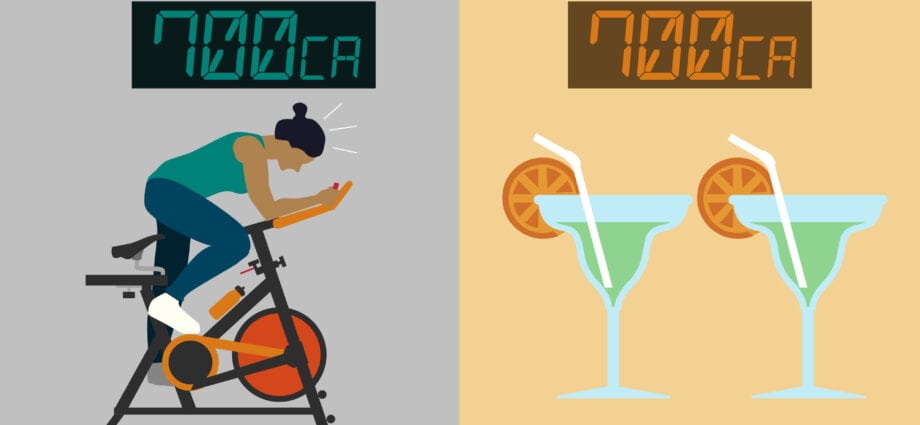Contents
It is generally accepted that weight loss is 80% dependent on nutrition and 20% on exercise. It lacks the most important component – spontaneous non-exercise activity (Non-Exercise Activity Thermogenesis, NEAT), on which not only the rate of weight loss depends, but also the weight gain. Not everyone manages to keep the result after losing weight, and most losing weight already in the process are faced with a plateau effect. Let’s take a look at why non-training activity needs to be considered.
Non-training activity helps you lose weight
Energy costs depend on three components:
- Baseline calorie expenditure;
- Fat burning workouts;
- Non-training or household activity.
Baseline calorie expenditure accounts for 70% of energy, with the remaining 30% split between exercise and movement in the home. Many people complain that they go in for sports, but do not lose weight. The reason lies in the incorrect assessment of their mobility.
See what happens. To lose weight, you need to burn 500 calories daily through movement. Most people burn about 400 calories in one workout. Consumption depends on How long you give all the best, your parameters and level of training. Trained and relatively lean people burn fewer calories than untrained overweight people.
If you focus on burning 500 calories daily, you need to spend 3500 calories per week. Three workouts give an approximate consumption of 1200 kcal in seven days, when the remaining 2300 kcal will have to be supplemented by household activity.
Unlike workouts, everyday activities are available to everyone at any time. You burn calories when walking, rushing to work, walking stairs, cleaning the house, playing with children or walking pets, or chatting on social media. The more intense the activity, the more calories you burn. Of course, the energy consumption for communication in social networks will be minimal.
Why does not the weight go away
Losing weight make many mistakes when losing weight, but the most obvious one is inattention to everyday activity. For weight loss, we calculate the calorie needs and buy a gym membership. At first we are full of energy and mobile, because we know that we need to move more. But then the weather or mood deteriorates, we get sick, get tired during training – we want to rest, lie down, relax. And we start to spend fewer calories on everyday tasks. In other words, we do not burn up to the coveted 500 kcal.
Likewise, weight gain occurs after a diet. First, we give all our best at 100%, and having achieved the goal, we return to the previous eating habits and / and become less mobile. Therefore, it is so easy to lose weight in spring and summer, and in autumn and winter, with a cold snap and reduced daylight hours, losing weight becomes more difficult.
How the body deceives us
Low-calorie diets are dangerous not only because they reduce the base calorie expenditure. They force you to spend fewer calories on routine tasks. When the body realizes that there is not enough energy, it begins to save it in every possible way. For example, you do your homework more efficiently, fuss less, unconsciously choose a shortcut, ask your household to submit something, get tired faster, and rest more.
If the workouts are in the control zone and are included in the schedule, then everyday movement is not recognized. Back in 1988, a study was conducted in which subjects diagnosed with obesity lost 23,2% of their initial weight. The researchers noted a change in their energy expenditure. By the end of the scientific experiment, it turned out that the participants began to spend 582 kcal less, and their total energy consumption was only 75,7% of the calculated one.
Ways to Increase Non-Training Activity
Now you know how the body can deceive you, so you can prevent this by consciously increasing motor activity:
- Discard the elevator in favor of the stairs;
- Get in the habit of going for a walk every day;
- Avoid public transport where you can walk;
- Find an active hobby – perhaps you wanted to go dancing or martial arts, learn to swim or roller skate;
- Do everything yourself, and do not ask others to “bring” or “carry”;
- Play with children and pets;
- Use your lunch break for any activity – go for a walk or go shopping;
- If you are working from home, take short breaks to do household chores or bodyweight exercises.
You can control energy expenditures for training and non-training activities in the Calorie Consumption Analyzer. This will help you lose weight faster and maintain the result for a long time.










